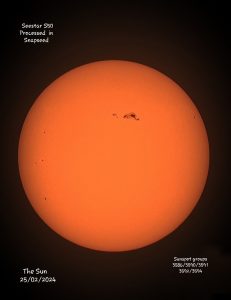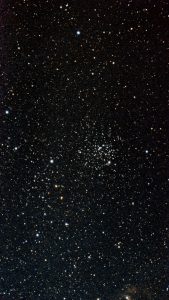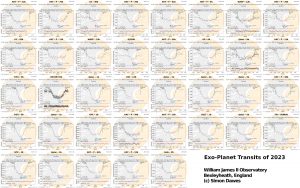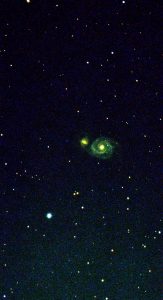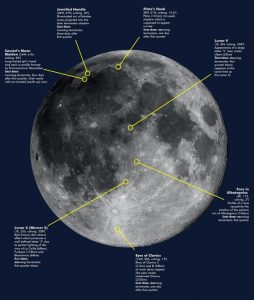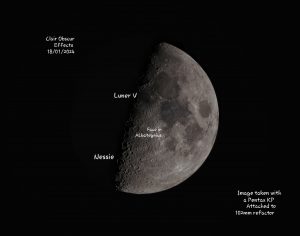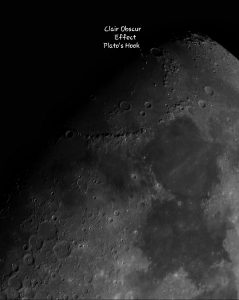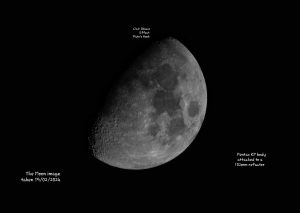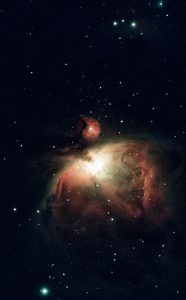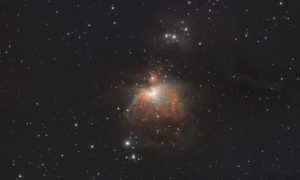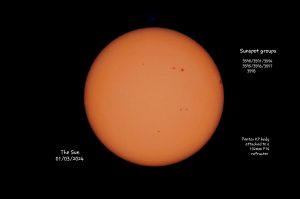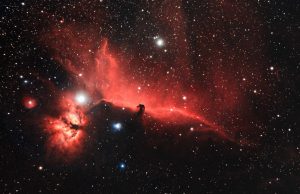Two fantastic images of Comet 12P/Pons-Brooks taken on the 15th & 18th March 2024 by member Jim Burchell. The images were taken using a Seestar S50 smartscope. On both nights Jim had a very small amount of time to capture the comet due to clouds rolling in. The image taken on the 15th is a stack of 6x10 second images and the image on the 18th is a stack of 18x10 second images.
Comet 12P/Pons Brooks on 15th March 2024
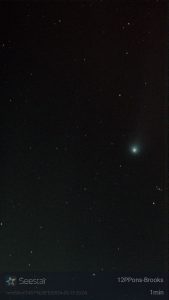
Comet P12/Pons Brooks on 18th March 2024
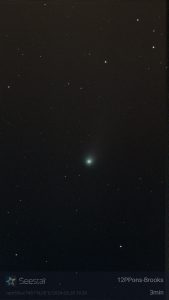
For more information about the comet and how to locate it check out https://www.skyatnightmagazine.com/advice/comet-12p-pons-brooks

